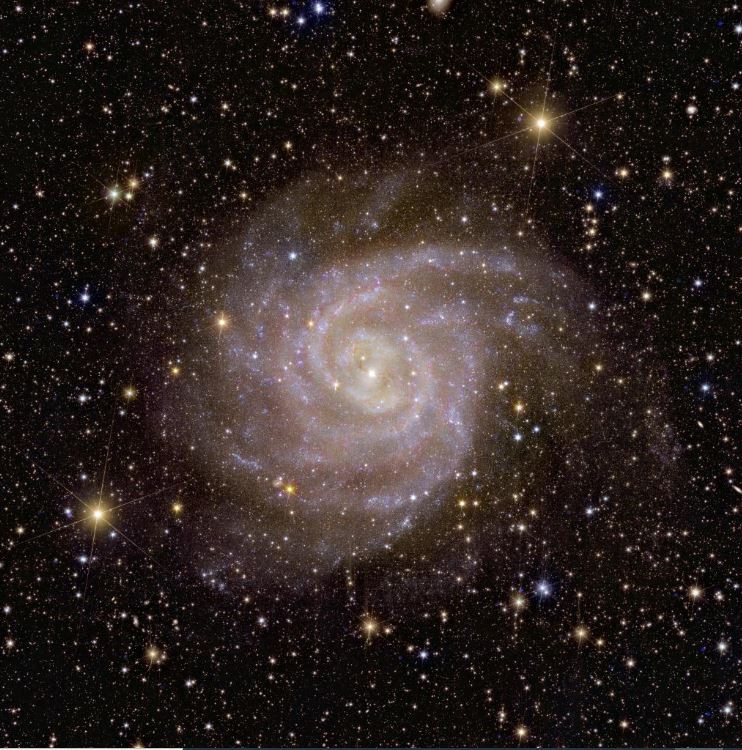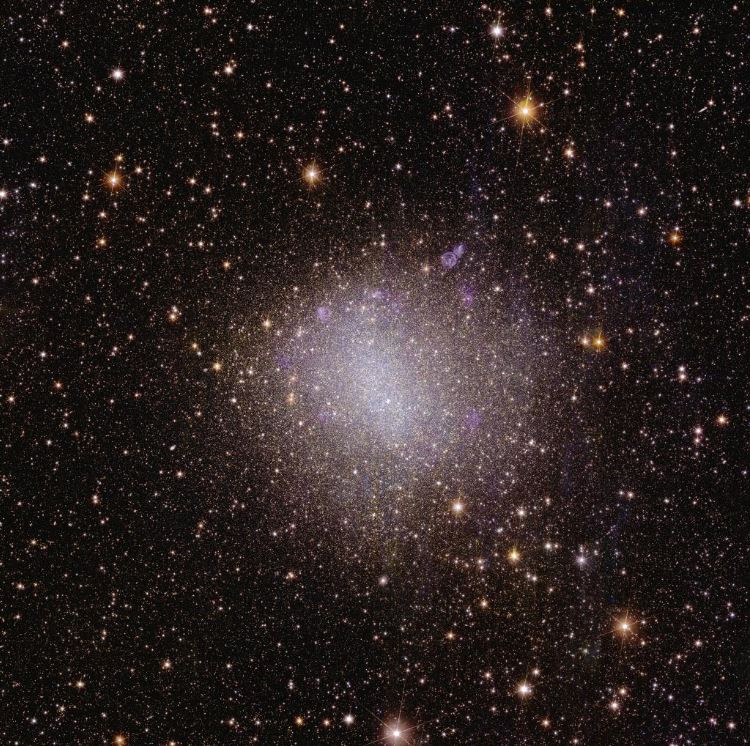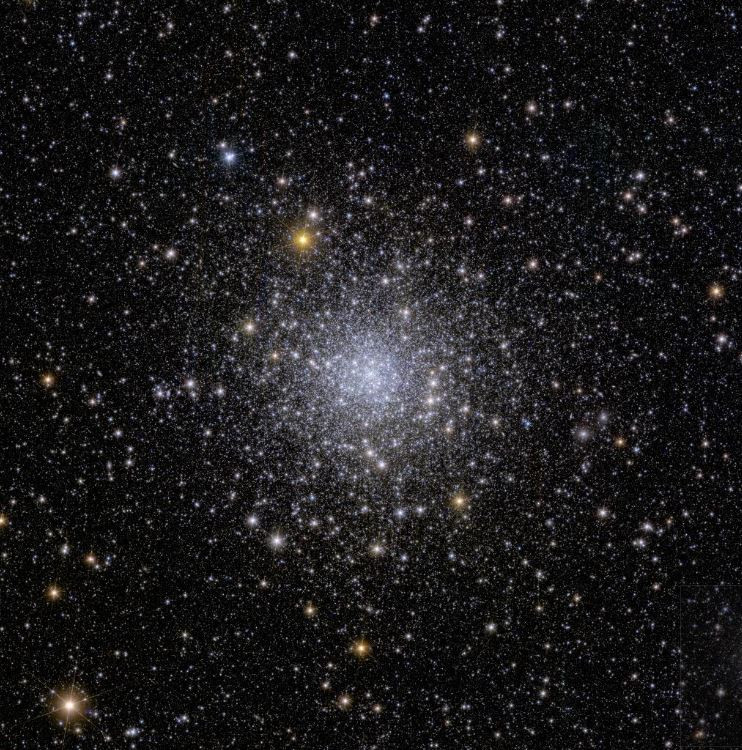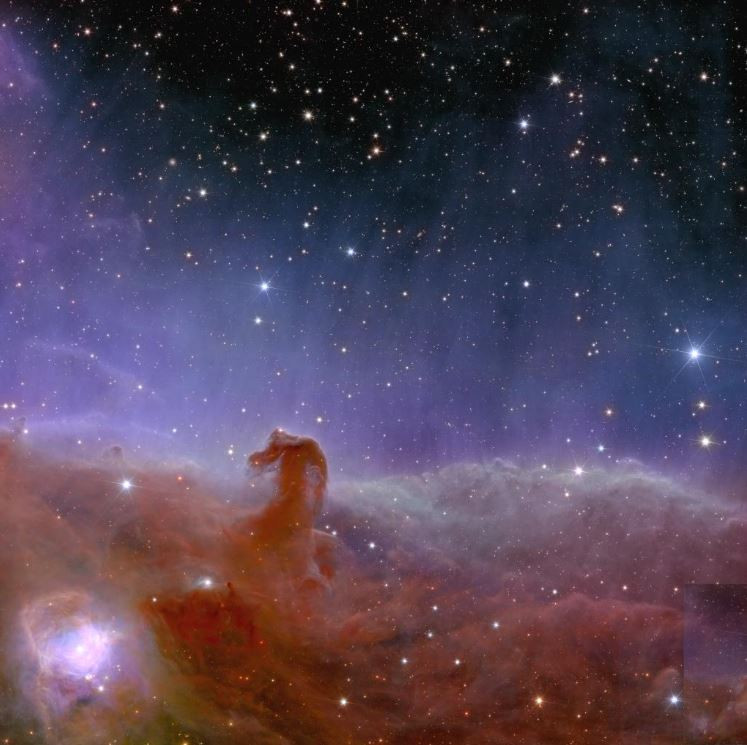The Universe in 3D, the Horse Nebula, the Star Cluster in Perseus… all through Euclid’s ‘eye’
The first color images from the Euclid space telescope are being released today by the European Space Agency (ESA). These images are characterized as a revolution for Astronomy, as never before has a telescope been able to capture such sharp images of such a large part of the sky and look so far into the distant Universe.
The five images released today show that the telescope is poised to create the most extensive 3D map of the Universe to date and reveal some of its hidden secrets. From bright stars to faint galaxies, Euclid’s records show the entirety of these celestial objects with exquisite clarity.
Specifically, the first image captures 1,000 galaxies belonging to the Perseus cluster, one of the closest galaxy clusters to Earth, as well as more than 100,000 additional galaxies further in the background. Many of them have not been visible in the past and some are so far away that their light took ten billion years to reach us.
The second image shows one of the first galaxies that Euclid observed, the “Hidden Galaxy”, also known as IC 342 or Caldwell 5. Located about eleven million light-years from Earth, this galaxy is difficult to observe because it is behind the disk of our Galaxy, so dust, gas and stars obscure its view. Euclid used the near-infrared instrument to look through the dust. And to see the whole galaxy.
To create a three-dimensional map of the Universe, Euclid will observe light from galaxies ten billion light-years away. Most galaxies in the early Universe do not look like a perfectly ordered spiral, but are irregular and small. They are the building blocks for larger galaxies like our own, and we can find some of these galaxies relatively close to us. This first irregular dwarf galaxy observed by Euclid is captured in the third image. It’s called NGC 6822 and it’s nearby, just 1.6 million light-years from Earth.
The fourth image shows a globular cluster called NGC 6397. Globular clusters are concentrations of hundreds of thousands of spherically shaped stars held together by gravity. NGC 6397 is the second closest globular cluster to Earth and is located approximately 7,800 light-years away. Currently no telescope other than Euclid can observe an entire globular cluster in a single observation and simultaneously distinguish so many stars in the cluster. These faint stars tell us about the history of our Galaxy and where dark matter resides.
Finally, Euclid shows us an impressively panoramic and detailed view of the Horse’s Head Nebula, part of the constellation Orion. In Euclid’s observation, scientists hope to find many faint or as-yet-unseen Jupiter-mass planets in their celestial infancy, as well as young brown dwarfs and baby stars.
The Euclid Space Telescope was built and is operated by the European Space Agency with input from NASA. It was launched on July 1, 2023. Euclid’s mission over the next six years is to investigate how dark matter and dark energy have made the Universe what it is today. It seems that 95% of the Universe consists of these mysterious entities. To reveal the “dark” influence on the visible Universe, Euclid will observe the shapes, distances and patterns of billions of galaxies ten billion light years away. In doing so, it will create the largest cosmic 3D map ever created.
The scientific data resulting from the Euclid images will be analyzed by the Euclid consortium, which consists of more than 2,000 scientists from 300 institutes in 13 European countries, as well as the USA, Canada and Japan.
Source :Skai
I am Terrance Carlson, author at News Bulletin 247. I mostly cover technology news and I have been working in this field for a long time. I have a lot of experience and I am highly knowledgeable in this area. I am a very reliable source of information and I always make sure to provide accurate news to my readers.














